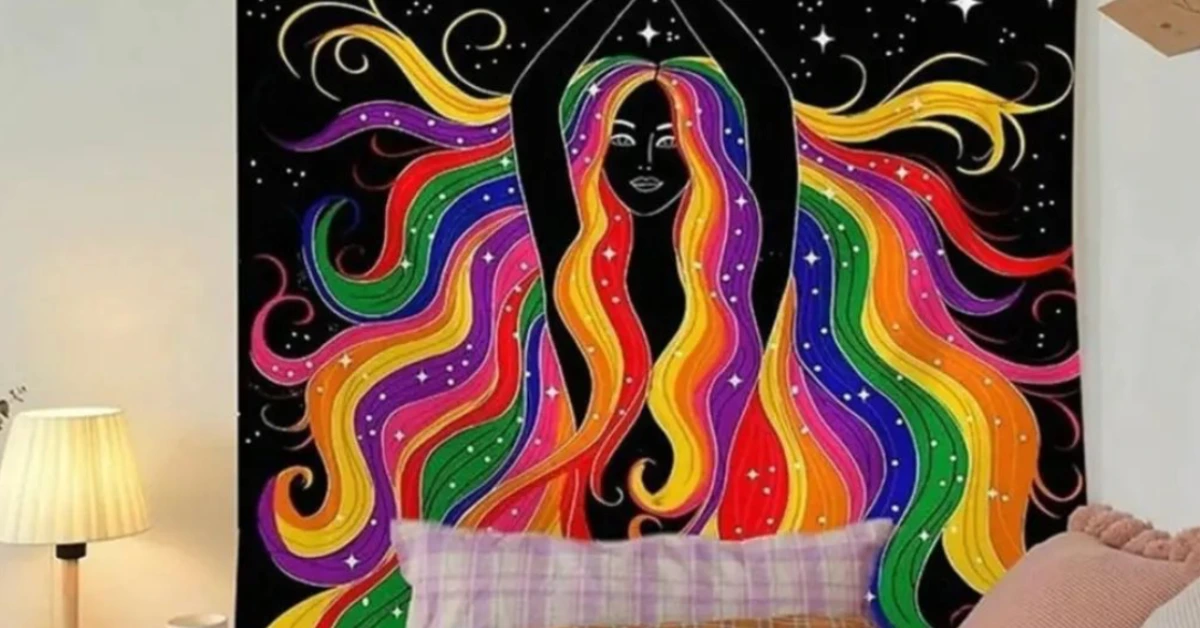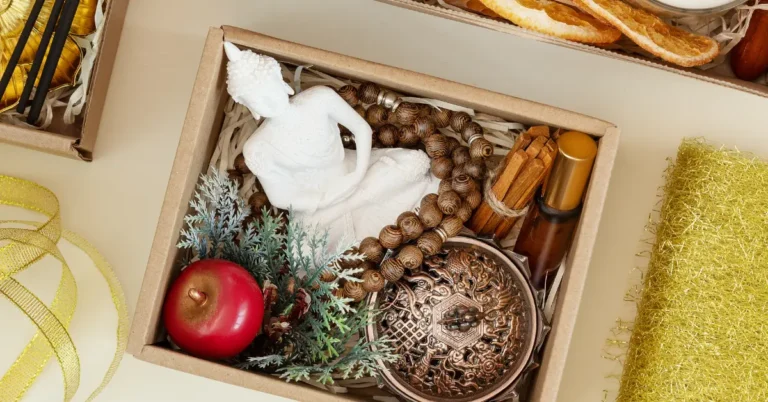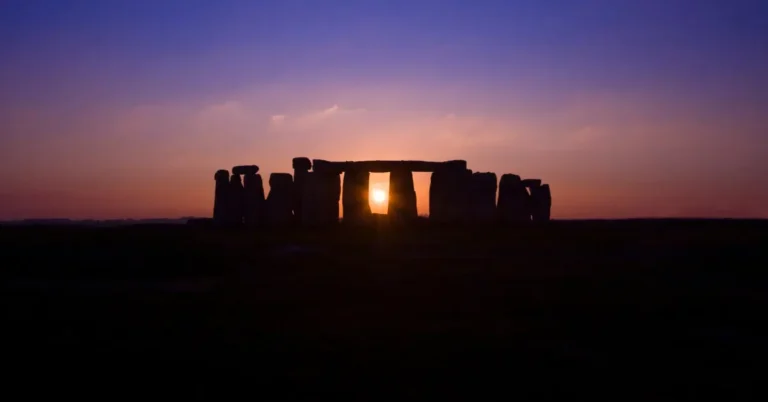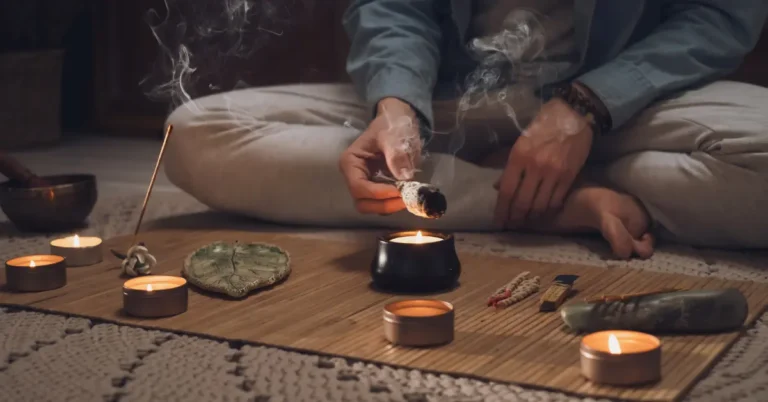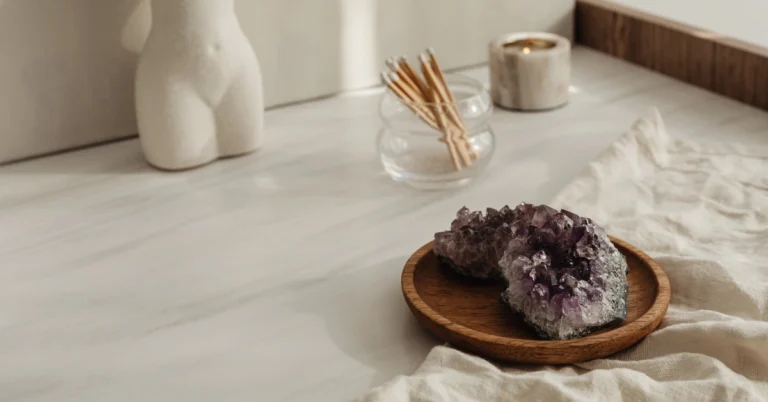Step into a world where meditation transcends the ordinary—a world painted in the vibrant hues of “Meditation Colors.” Beyond the traditional images of serenity, color plays a powerful role in enhancing mindfulness and elevating your meditation experience.
In this article, we’ll unravel the captivating palette of meditation colors, exploring how each shade can influence your state of mind and deepen your practice. From the soothing blues that ripple through calm waters to the energizing reds that evoke passion, each color holds a unique key to unlocking different aspects of your consciousness.
Imagine infusing your meditation space with the right colors to amplify focus, relaxation, and spiritual connection. Join us on this chromatic journey where we’ll guide you through the psychology of meditation colors, offering insights into creating a harmonious environment that resonates with the essence of your practice. Let’s paint your meditation sessions with the colors of mindfulness and serenity.
Pros: ✅ Advanced Noise Cancellation Technology ✅ 40-Hour Playtime ✅Pressure-Free Comfort
Cons: 🚫 Restricted App Settings
The Rainbow of Zen: Understanding Meditation Colors
As a Zen practitioner, I have always been fascinated by the colors that appear during meditation. Each meditation color has a unique energy and meaning that can help us understand our inner selves better. In this section, I will take you through the rainbow of Zen and help you understand the significance of each meditation colors. If you want to go further than meditation, paining your meditation room is a great choice.
Red: The Powerhouse of Energy
Red is the color of the root chakra, which is associated with our basic survival needs and primal energy. When you see red during meditation, it could mean that you need to ground yourself and focus on your physical body. Red is also a color of passion and vitality, so it could be a sign that you need to channel your energy into something that excites you.
Orange: The Creativity Catalyst
Orange is the color of the sacral chakra, which is associated with creativity, sensuality, and emotional balance. When you see orange during meditation, it could mean that you need to tap into your creative side and express yourself in new ways. Orange is also a color of joy and enthusiasm, so it could be a sign that you need to infuse more playfulness into your life.
Yellow: The Confidence Booster
Yellow is the color of the solar plexus chakra, which is associated with personal power, confidence, and self-esteem. When you see yellow during meditation, it could mean that you need to focus on your inner strength and believe in yourself. Yellow is also a color of clarity and optimism, so it could be a sign that you need to approach life with a positive attitude.
Green: The Harmony Maker
Green is the color of the heart chakra, which is associated with love, compassion, and emotional healing. When you see green during meditation, it could mean that you need to open your heart and connect with others. Green is also a color of balance and harmony, so it could be a sign that you need to find more peace and tranquility in your life.
Blue: The Calm Whisperer
Blue is the color of the throat chakra, which is associated with communication, self-expression, and authenticity. When you see blue during meditation, it could mean that you need to speak your truth and express yourself honestly. Blue is also a color of calm and serenity, so it could be a sign that you need to find more stillness and quiet in your life.
Indigo: The Intuition Enhancer
Indigo is the color of the third eye chakra, which is associated with intuition, wisdom, and spiritual insight. When you see indigo during meditation, it could mean that you need to trust your inner voice and listen to your intuition. Indigo is also a color of mystery and depth, so it could be a sign that you need to explore the hidden aspects of yourself.
Violet: The Spiritual Awakener
Violet is the color of the crown chakra, which is associated with spiritual connection, enlightenment, and transcendence. When you see violet during meditation, it could mean that you need to connect with your higher self and find a deeper sense of purpose. Violet is also a color of transformation and change, so it could be a sign that you need to embrace new beginnings and let go of the past.
Colorful Breathing: A Meditation Colors Technique

As a meditation enthusiast, I have tried various techniques to calm my mind and relax my body. One of my favorite methods is Colorful Breathing. It’s a simple yet effective way to incorporate colors into your meditation practice. Colorful Meditation Colors Breathing is a fantastic way to incorporate mindfulness and color therapy into your meditation practice. It’s perfect for beginners who want to try something new and exciting. So why not give it a try? Take a deep breath, visualize the rainbow, and let the meditation colors wash over you.
Step One: Visualize the Rainbow
To get started with Colorful Breathing, I first visualize a rainbow in my mind. I picture the colors in order: red, orange, yellow, green, blue, indigo, and violet. I imagine each color shining brightly and radiating positive energy.
Step Two: Breathe in the Colors
Next, I focus on my breathing. As I inhale, I imagine breathing in the color red. I envision the red energy flowing into my body, filling me with vitality and strength. Then, I move on to orange, yellow, green, and so on, until I’ve breathed in all the colors of the rainbow.
Step Three: Exhale the Stress
As I exhale, I imagine releasing all my stress and worries. I visualize the negative energy leaving my body and dissipating into the air. With each breath, I feel more relaxed and at peace.
Meditation Colors and Chakras: A Colorful Connection

As I sit down to meditate, I often find myself surrounded by a colorful aura. These meditation colors are not just random; they are associated with different chakras in the body. Chakras are energy centers in the body that are believed to correspond to different physical, emotional, and spiritual aspects of our being. Each chakra is associated with a specific color, and by meditating on these colors, we can balance and align our chakras.

Root Chakra: Red
The root chakra is located at the base of the spine and is associated with the color red. This chakra is all about grounding and stability. When this chakra is balanced, we feel secure and grounded, but when it’s blocked, we may feel anxious or fearful. To balance the root chakra, I like to visualize a red ball of light at the base of my spine.
Sacral Chakra: Orange
The sacral chakra is located just below the navel and is associated with the color orange. This chakra is all about creativity, passion, and sexuality. When this chakra is balanced, we feel inspired and creative, but when it’s blocked, we may feel stuck or uninspired. To balance the sacral chakra, I like to visualize a bright orange light in my lower abdomen.
Solar Plexus Chakra: Yellow
The solar plexus chakra is located in the upper abdomen and is associated with the color yellow. This chakra is all about personal power, confidence, and self-esteem. When this chakra is balanced, we feel confident and empowered, but when it’s blocked, we may feel insecure or powerless. To balance the solar plexus chakra, I like to visualize a bright yellow light in my upper abdomen.
Heart Chakra: Green
The heart chakra is located in the center of the chest and is associated with the color green. This chakra is all about love, compassion, and connection. When this chakra is balanced, we feel loving and connected to others, but when it’s blocked, we may feel lonely or disconnected. To balance the heart chakra, I like to visualize a green light in my chest, radiating out in all directions.
Throat Chakra: Blue
The throat chakra is located in the throat and is associated with the color blue. This chakra is all about communication, self-expression, and authenticity. When this chakra is balanced, we feel confident in our ability to express ourselves, but when it’s blocked, we may feel shy or afraid to speak our truth. To balance the throat chakra, I like to visualize a bright blue light in my throat.
Third Eye Chakra: Indigo
The third eye chakra is located in the center of the forehead and is associated with the color indigo. This chakra is all about intuition, wisdom, and insight. When this chakra is balanced, we feel connected to our intuition and inner wisdom, but when it’s blocked, we may feel disconnected from our inner guidance. To balance the third eye chakra, I like to visualize an indigo light in the center of my forehead.
Crown Chakra: Violet
The crown chakra is located at the top of the head and is associated with the color violet. This chakra is all about spirituality, connection to the divine, and transcendence. When this chakra is balanced, we feel a deep sense of connection to something greater than ourselves, but when it’s blocked, we may feel disconnected from our spiritual nature. To balance the crown chakra, I like to visualize a violet light at the top of my head, connecting me to the divine.

FAQ
What is meditation colors, and how does it influence meditation practices?
Meditation colors involve incorporating specific colors into meditation practices to enhance focus, promote relaxation, and balance energy. Different colors are believed to have unique effects on mood and energy, and using them intentionally in meditation can deepen the practice and facilitate various emotional and mental states.
How do I choose the right meditation colors for my practice, and are there specific meanings associated with each color?
Choosing the right meditation colors depends on your intentions and the desired outcome of your practice. Each color is associated with specific meanings, such as blue for calmness, green for balance, and red for vitality. Consider your goals for meditation, whether it’s relaxation, concentration, or emotional healing, and select a color that aligns with those intentions.
Can meditation colors be incorporated into different meditation techniques, or are they specific to certain practices?
Meditation colors can be incorporated into various meditation techniques, making them versatile and adaptable to different practices. Whether you practice mindfulness, loving-kindness, or visualization meditation, integrating colors can deepen the experience. For example, visualizing a calming blue light during mindfulness or using a green focus point for a loving-kindness meditation.
Are there specific meditation colors combinations that work well together, or can I experiment with different colors in my practice?
While there are traditional color associations, you can experiment with different combinations based on your preferences and intentions. Some may find combining calming colors like blue and green effective, while others may prefer contrasting colors for a dynamic meditation experience. Feel free to explore and discover which color combinations resonate best with your unique meditation colors journey.
If you liked this blog article about meditation colors, don’t forget to follow us on Pinterest so you don’t miss any more meditation news!

